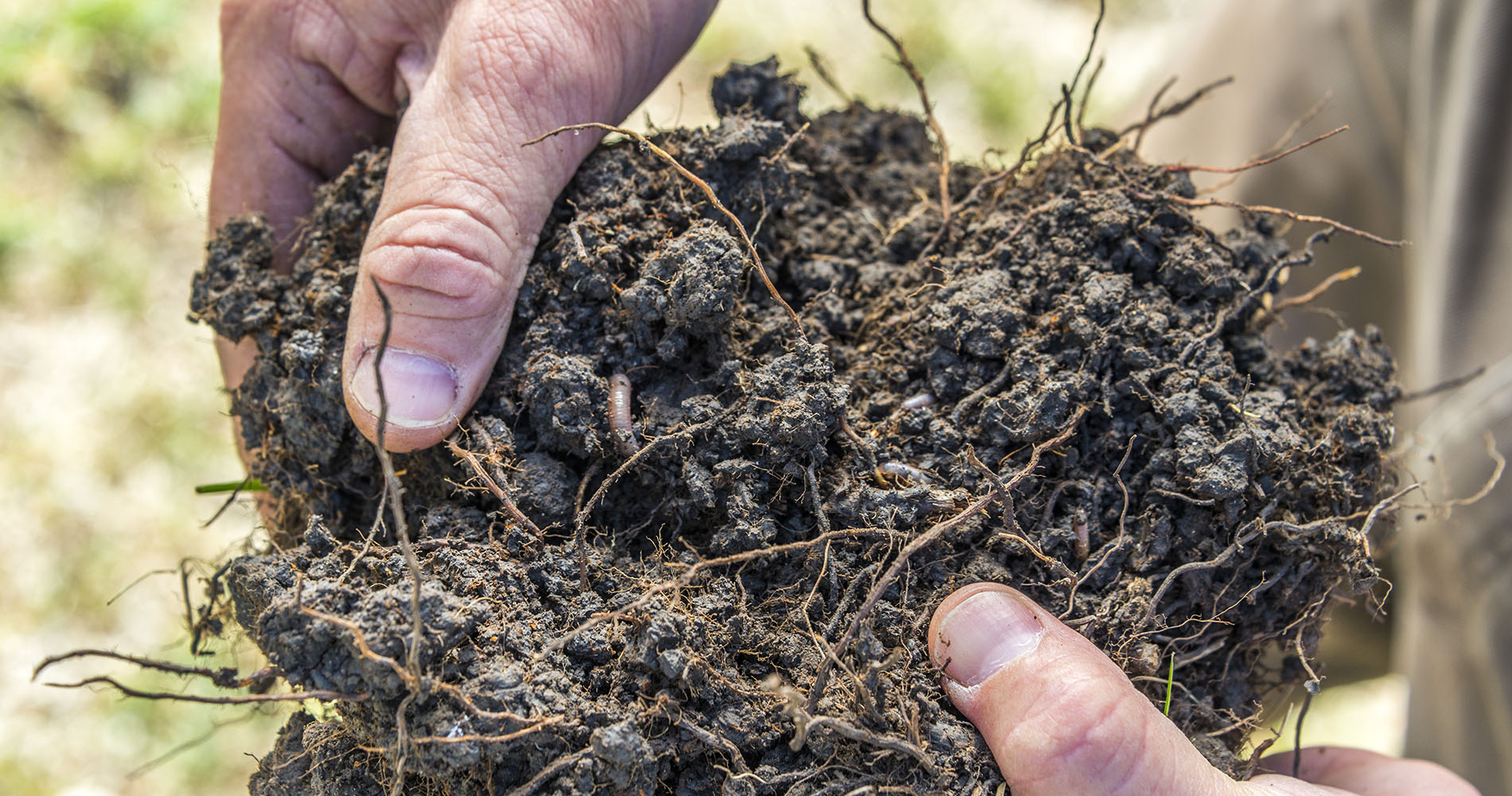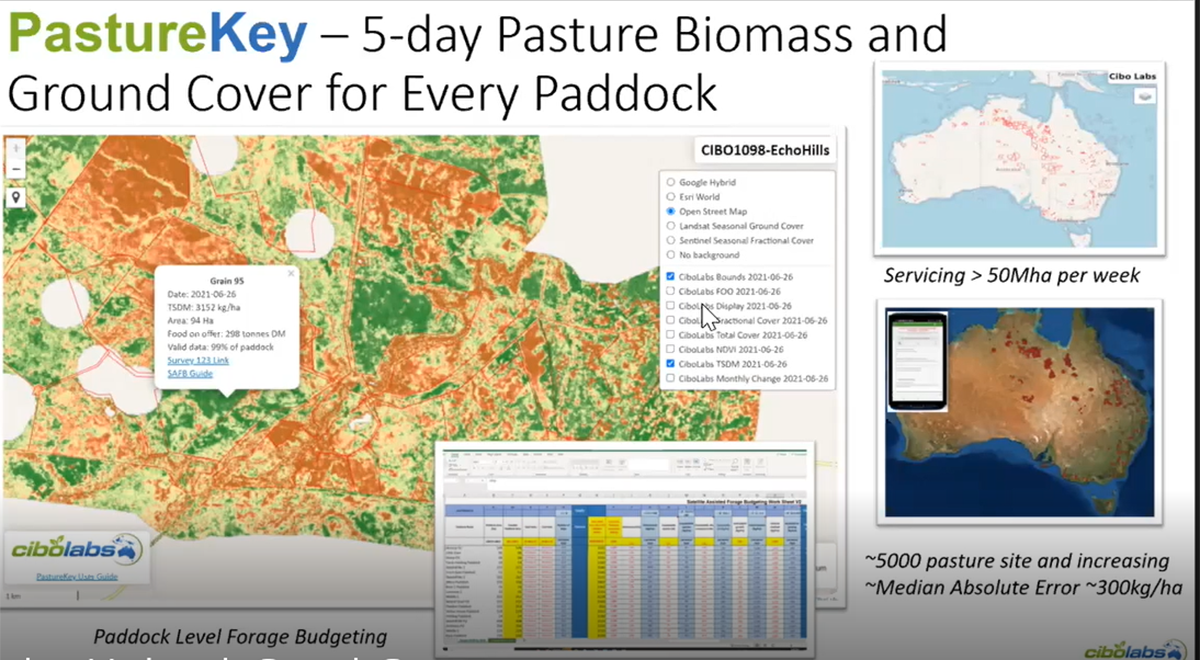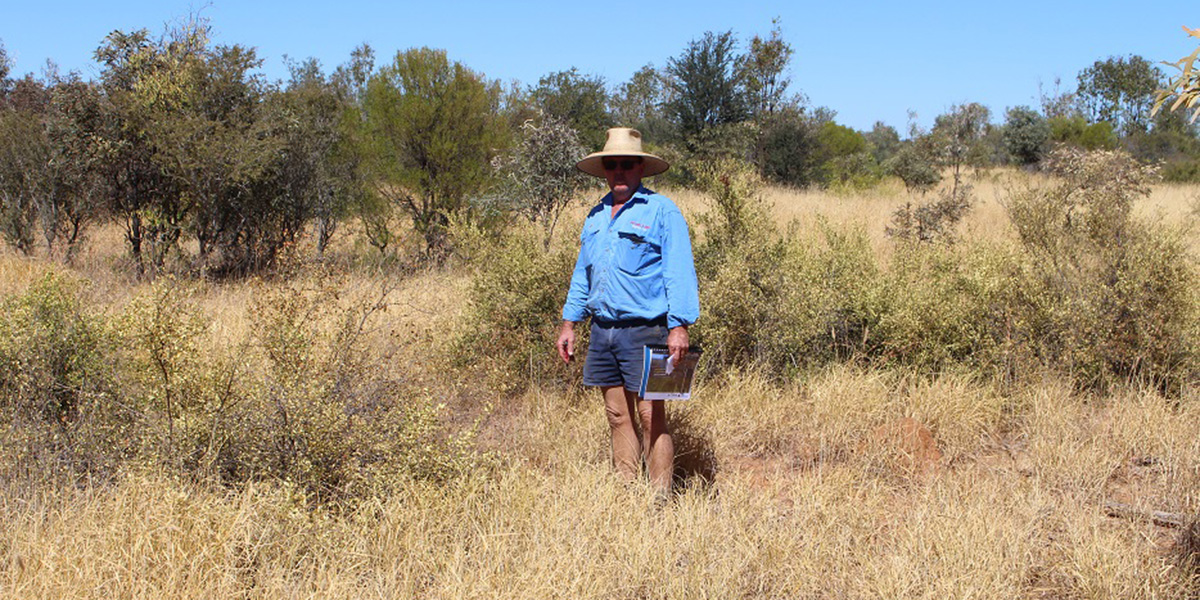
Regenerative Grazing Tools for Burdekin Soils and Pastures 2019- 2023
Funding: Australian Government’s National Landcare Program Round 2
Funding Program Outcome: By 2023 there is an increase in the capacity of agriculture systems to adapt to significant changes in climate.
Partner: Central Highlands Regional Resources Use Planning Cooperative (CHRRUP)
The four-year Regenerative Grazing Tools for Burdekin Soils and Pastures project is increasing the capacity of graziers to adapt their agricultural systems to significant changes in climate. The project is supporting three cluster groups of five grazing enterprises (fifteen enterprises in total) in the Belyando, Suttor and Cape Campaspe sub basins of the Burdekin River catchment. It promotes grazing management practices as a key tool to improving business resilience through improved soil health and pasture condition. The project is delivered by NQ Dry Tropics through funding from the Australian Government’s National Landcare Program. It is a continuation of the Building Dynamic Burdekin Grazing Businesses project, also funded through the National Landcare Program.
- An initial cluster group was formed in the Kilcumin area in 2018-19, supported by project partner CHRRUP. This group undertook soil tests and a three-part soil health program with agroecologist David Hardwick of Soil Land Food.
- Two additional cluster groups were formed in 2019.
- The project is helping to build resilience in the participating grazing businesses and support on-ground actions through skill development, planning and practice change activities.
- While the project supports targeted groups, field days held in the district are helping to build awareness, knowledge, skills and confidence in the broader grazing community.
- The project acknowledges the integrated nature of grazing businesses and is supporting project participants through: Grazing BMP industry benchmarking (where appropriate), a grazing business action planning process, and implementation of identified actions through an incentive grant payment.
- Project participants have also been given the opportunity to guide the content and delivery of capacity building events and activities.
- The project is also developing a Common Grass and Tree Identification Guide for Burdekin Graziers as well as short skill building films for graziers.
Graziers who participate in this project are:
- learning ways to build resilience into their business through grazing management practices;
- working in groups to learn from each others’ experiences as well as learn from a range of experts;
- building skills and confidence in fodder budgeting to better match stocking rate to carrying capacity;
- building skills and confidence in understanding soils, reading soil tests and identifying soil health constraints;
- understanding how to manage grazing for soil and plant health to maximise nutrient and water availability for optimal pasture growth;
- developing grazing business action plans that help decision making and guide on-ground actions;
- implementing priority actions using a small incentive grant; and
- helping to guide the content of field days and workshops over the course of the project in line with the project objectives.
What participants are receiving from the project:
- Up to 20 soil tests over the life of the project.
- At least three forage budgets from an expert.
- Expert one-to-one, peer, and group learning opportunities.
- Single day and multiple-day knowledge and skill building events.
- Access to a small incentive grant.
- A Grazing Business Action plan.
- Support for the development and implementation of practical land condition assessment monitoring to assist with ongoing evaluation of management practices.
What the project asks of participants:
- Commitment to participate fully in the four-year project by signing an MOU.
- Host group or community events where appropriate.
- Two decision-makers from each enterprise are actively involved and attend events.
- Sign up to a Landholder Management Agreement for a minimum period of three years to maintain any on-ground works funded by the project.
- Participate in project review surveys.
Monklands grazier Reid Bauman uses the STAC method to conduct an assessment
of available pasture.
Pasture budgeting from stepping it out, to satellite data
Landholders in a project focusing on soil and pasture health have, in five years, gone from learning to estimate forage in a paddock by measuring it against their jeans to downloading real-time data from satellites in space.
The NQ Dry Tropics Burdekin Soils and Pastures project delivered by the Central Highlands Regional Resources Use Planning Cooperative (CHRRUP) wrapped up this month.
Four of the 17 participating properties reached the stage of using satellite imagery to measure available feed.
CHRRUP Project Officer Zach Moore said COVID-19 and weather had demanded a lot of flexibility in the way the project was delivered.
“During the COVID period, most planned workshops and field days were converted to Zoom meetings, particularly the soil biology workshops with renowned Agroecologist David Hardwick,” Zach said.
The participating properties in the Cape Campaspe, Belyando and Suttor catchments were all soil-tested at the beginning of the project, giving participants an excellent baseline for reference. The project aimed to help graziers better match their stocking rate to carrying capacity in each season.
The earlier they could estimate the amount of feed, the earlier they could determine numbers for the property that year.
Finishing the dry season with plenty of ground cover across each paddock is the key to being ‘rain ready’. Biomass above ground means there’s a strong root system below ground. That holds soil together, improves infiltration and allows pastures to bounce back more quickly after the first rains.
Ground cover protects the land from erosion, reducing or eliminating sediment runoff, at the same time ensuring compliance with the reef protection regulations.
Zach said grazing consultant Dick Richardson taught participants his Sole, Toe, Ankle, Calf (STAC) method of estimating forage.
Using this method, the height and density of available pasture is measured along a 10-step transect at various “representative” places in a paddock.
Using a points score for Sole, Toe, Ankle or Calf, the amount of feed, and therefore the number of stock days, is calculated using a simple formula.
The CHRRUP project officer visited each property towards the end of the growing season to help producers build knowledge around the importance of matching the stocking rate to carrying capacity.
In March 2022, four properties trialed the latest technology from Cibo Labs — rolling monthly pasture biomass estimates updated every five days. Managing Director and co-founder of Cibo Labs, Phil Tickle, had a hand in training each of the participants through online video calls, stepping the new users through each aspect of the technology.
Coupled with a grazing planning system — like MaiaGrazing — the technology provides graziers with constantly revised real-time measurements allowing the users to make informed decisions about cattle numbers.
“Being able to make those decisions early delivers maximum benefit to the grazier,” Zach said.
Monklands Station graziers Reid and Julie Bauman had been forage budgeting and using MaiaGrazing with Dick Richardson’s guidance for five years before trialing the Cibo application.
The Baumans said the Total Dry Standing Matter for each paddock was invaluable information and gave them a more accurate indication of the time their breeder mob should spend grazing each paddock before being moved on.
Winvic Station grazier Alice Marks and daughters Olivia and Natalie have used forage budgeting as a management tool for many years.
They started with Cibo in June 2022 and have used it to inform weekly management decisions as the season progressed.
“Since we have started using the program, it has built our confidence in forecasting future management plans like sales and paddock rotations. It is a great backup tool,” Alice said.
She has gained so much confidence, she spoke about her success with the program at the Clermont Beef Expo as a member of the panel.
The project was delivered by CHRRUP and funded by the Australian Government’s National Landcare Program.


